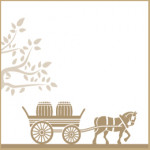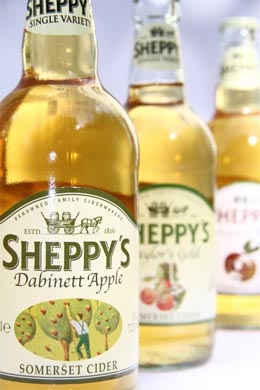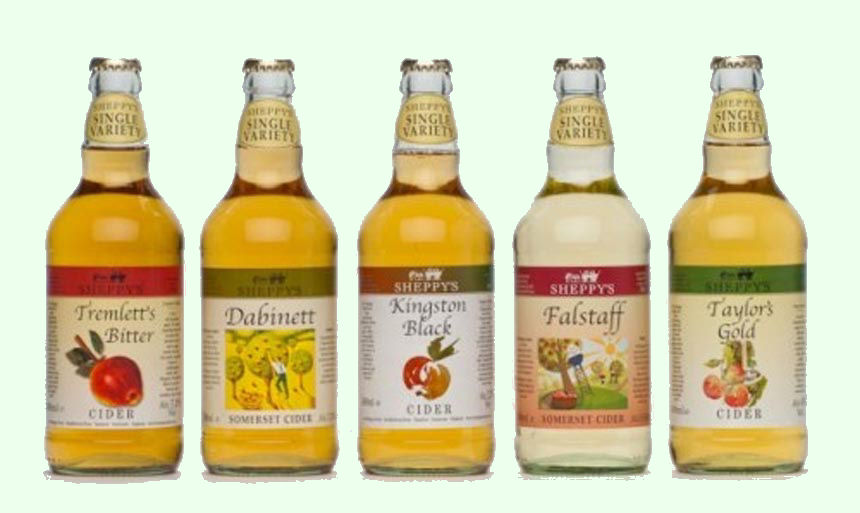
Sheppys
.
.
.
.
| 100% UK |
- Juice, Cider, Wine and Drinks etc
- Cider
|
CONTACT DETAILS This is a Beta listing Full informations is only available on the listings own website. Full details will be available shortly
|
 |
||
|
Farming 370 acres at Three Bridges Farm since 1917, three generations of the Sheppy family have weathered the ups and downs of farming and cidermaking by embracing change and opportunity. Craftsmen cidermakers for over 200 years. Quality is central to all our ciders, which are produced from local and home-grown apples here at Three Bridges Farm. Modern technology has been used to assist the completely traditional production of fine English cider, but never to compromise the quality which is associated with the name Sheppy’s Cider. We are proud to share with visitors from far and wide our beautiful farm and orchards, and to show you as much as possible of how and where we make our delicious ciders. |
 |
|
 |
||
|
55 acres of cider apple orchards There are 55 acres of cider apple orchards, about half of which are standard trees and half are bush trees. A standard tree is produced from a root stock and builds a good ‘stem’ or trunk which has no branches for 6 feet. It does not produce a good crop of apples for about 15 years, and its best yield is between the ages of 30-60 years. Its economic lifespan is 80 years. Planting is approximately 50 per acre. A bush tree branches closer to the ground, with a short trunk. It crops at 5 years and its best yields are between the ages of 15-30 years. Its economic lifespan is about 45 years. Planting is approx 200 per acre. Sharps – Frederick, Brown’s Apple Cider apples are allowed to fall so that they are very ripe. They are picked up by machine into a trailer, and then taken into the yard, and tipped into the apple hopper. After washing, the apples are crushed in the mill and the resulting pulp is pressed to produce apple juice. Fermentation takes place naturally in oak vats. Whilst on your walk you can view the apple hopper, bays and press where you will find explanatory diagrams. Remember that this is a harvest, and that only visitors during October and November will be able to see apple gathering and pressing. The museum dvd is an excellent way to learn about the whole cidermaker’s year. (Tokens are available from the shop) You can buy online so please visit our website |
||
 |
||
